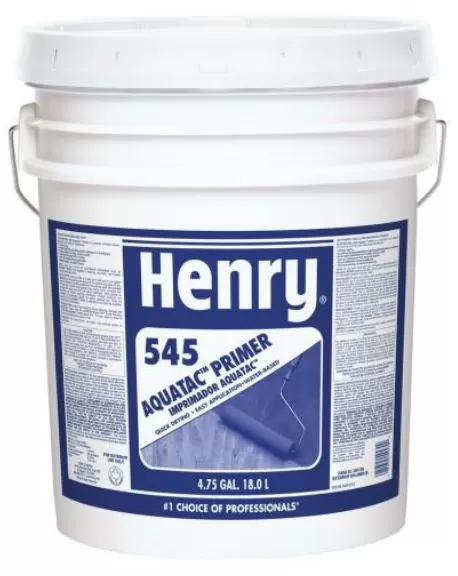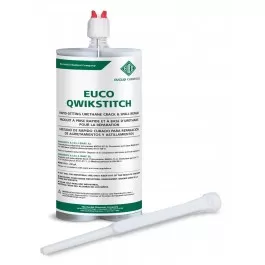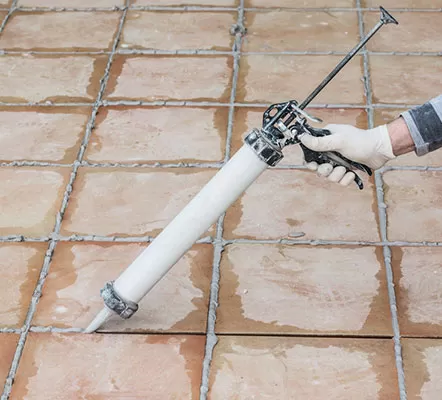Blog
5 Signs To Waterproof Your Deck
You’ve taken the time to build a beautiful deck, so now it’s time to keep it looking great for years to come. Whether you plan on using your deck year-round or just during warmer months, you can do a few simple things to keep it in top shape. One of the most important aspects of maintaining your deck is waterproofing it. This involves applying waterproof sealant that will protect against moisture and water damage. If you’re unsure if your deck needs this treatment, here are some signs that could mean you need a waterproof deck:
Splintering
If you notice splintering on the edges of your deck, this is a sign that the wood is getting old and needs to be replaced.
Splintering can also be caused by water damage, which can lead to mold growth in areas that are often kept damp for extended periods of time.
Because splintering usually appears on the edges of decks, it’s often difficult to notice until it becomes severe enough for pieces of wood to break off or fall onto landscaping below.
Dark Spots
If you see dark spots on the deck, it’s likely due to water seeping through the wood. Over time, this can lead to rot and decay of your deck. To prevent further damage, apply a waterproofing sealer directly onto the wood where there are signs of water damage. Use a putty knife or paint roller to apply the sealer in an even layer over all affected areas.
Once dry (the manufacturer may specify how long this will take), sand down any raised areas so that they’re flush with surrounding surfaces before re-staining or sealing your deck again.
Surface Cracks
Surface cracks are a sign that you need to waterproof your deck. They can be caused by water damage, sun damage, or wood rot.
It’s important to note that surface cracks do not indicate the presence of structural damage—they’re more like a red flag that something is off with your decking and needs to be addressed before it becomes worse.
Mildew
Mildew is a fungus that grows on wood surfaces and can be prevented with regular cleaning. Mildew can also be removed with a mildew remover or water-repellent treatment, like the ones discussed above. You should also be on the lookout for any mold growth, which should be removed immediately.
Water Stains
If your deck is showing signs of water staining, it may be time for a fresh coat of paint. This typically occurs when water leaks through the joints between boards, soaking them until they rot and split. When this happens, you’ll usually see dark marks on the wood surface.
If you have these stains on your deck and want to know how to fix them, we’d recommend that you first determine what’s causing them (and then take action accordingly). If there’s any rot in the wood itself—meaning that it’s in bad enough shape that new coats won’t help—you should call in professionals with specialized tools and training who can tackle larger projects like repairing or replacing boards themselves.
Conclusion
All in all, it’s best to take a proactive approach to the care and maintenance of your deck. Waterproofing a deck is the best way to protect against water damage, but it can also help with other common problems like mildew and mold growth. It’s important to remember that there are many different types of deck sealers available on the market today—and they all have their own pros and cons. So as long as you do your research before committing yourself, there’s no reason why anyone should end up disappointed with their choice!




